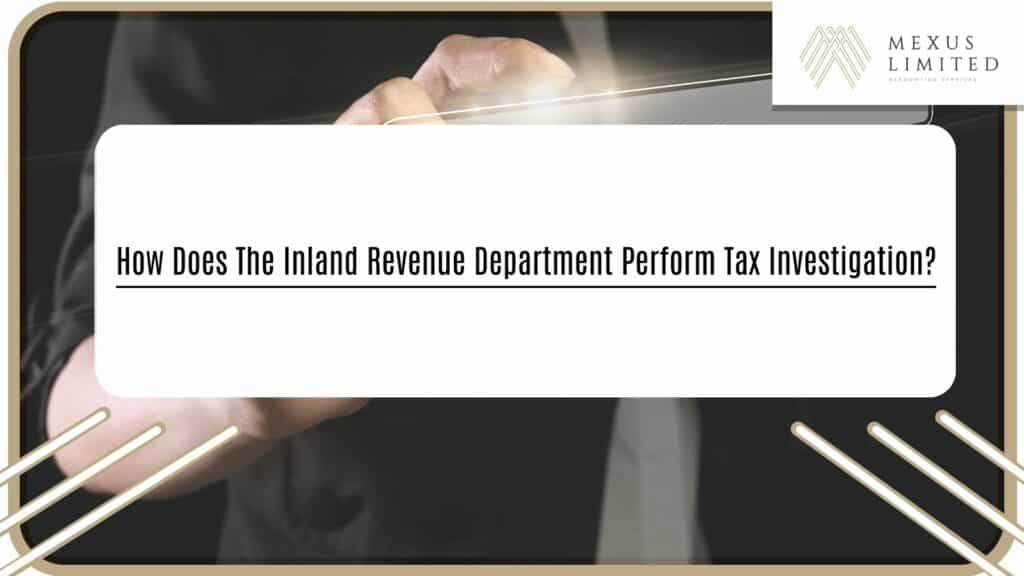How does the Inland Revenue Department perform tax investigation?

The Inland Revenue Department will require the taxpayer’s company to keep detailed accounting records. Depending on the reliability of the accounts, the IRD audit and investigation staff will consider whether to use direct assessment or indirect assessment to assess income. If the books and records kept by the taxpayer are reliable and complete, the IRD staff only need to use the direct assessment method to assess the income. By comparing the taxpayer’s declared information on the tax return with the income/expenses recorded on the account statement, the IRS personnel can easily estimate the amount of under-reported income or over-reported expenditure and whether there are any unreported transactions.
However, if the books and records kept by the taxpayer are not complete, the indirect assessment method should be considered to assess the income. There are several indirect assessment methods, one of which is more commonly used is the asset increase analysis method, which is actually the estimated profit capital calculation method provided by the guidelines of the Hong Kong Institute of Certified Public Accountants, and other indirect assessment methods include bank deposits and profit ratios. Reckoning and Income Reckoning.
As mentioned above, when the taxpayer lacks account books and records, the indirect interest calculation method used is that if the taxpayer’s assessable profits in a certain tax year can already be determined, the staff of the tax bureau can use the relevant accurate data. data to estimate the assessable profits for the year of assessment suspected of being understated.
In addition to the indirect interest calculation method, there is also a similar profit ratio calculation method. The method is to take some transaction samples, and the number of samples should be enlarged as much as possible. These sample examples include sales orders and purchase orders. The tax bureau staff will also Analyze the price list and related data, and then determine the gross profit margin. This fixed gross profit rate can then be used to calculate the taxpayer’s assessable profit.
However, taxpayers usually have a lot of controversy over the profit ratio calculation method, so when using it, the tax bureau personnel will consider various factors in the business environment.
The above information is for reference only. If in doubt, we welcome your tax enquiries.
